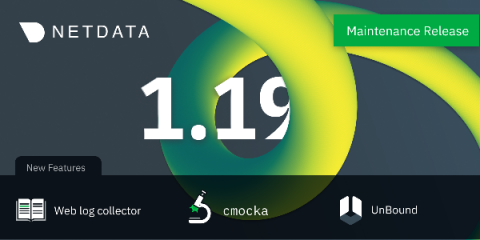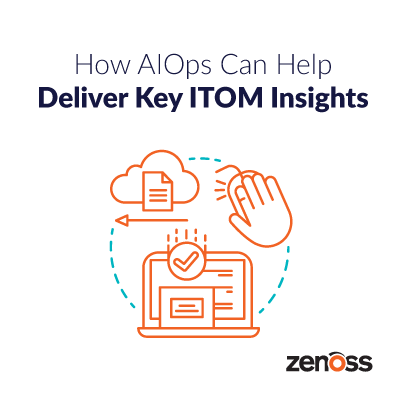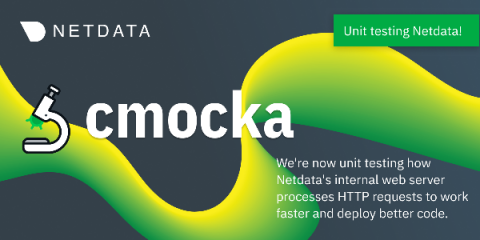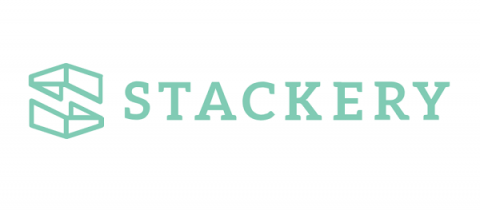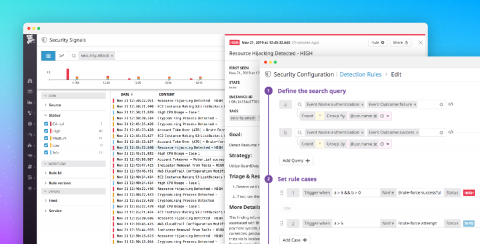Grafana Templates for Elasticsearch, Prometheus and InfluxDB
Grafana is everywhere. Almost every DevOps team out there is currently in the process of creating a proof of concept enabling them to implement Grafana into their stack—if they have not already implemented it, that is. Teams are eager to employ Grafana’s highly effective visualizations and dashboards that monitor and track services’ functionality and performance.



